Importance of Mitigation Phase in Emergency Management Report
VerifiedAdded on 2022/08/22
|5
|648
|24
Report
AI Summary
This report delves into the crucial role of the mitigation phase within emergency management, analyzing its importance in reducing the impact of disasters on both property and people. It explores key aspects such as risk assessment, community planning, and the significance of collaboration between emergency managers and planning boards. The report outlines the various phases of mitigation, including the identification of vulnerabilities and the management of risks, and emphasizes the necessity for preparedness. It also highlights the significance of community involvement and the role of emergency managers in working with planners to enhance resilience and security. The report concludes by underscoring the value of mitigation practices in reducing future losses and serving as a community champion for mitigation projects. The document provides valuable insights into the mitigation strategies and their importance in emergency management.
1 out of 5
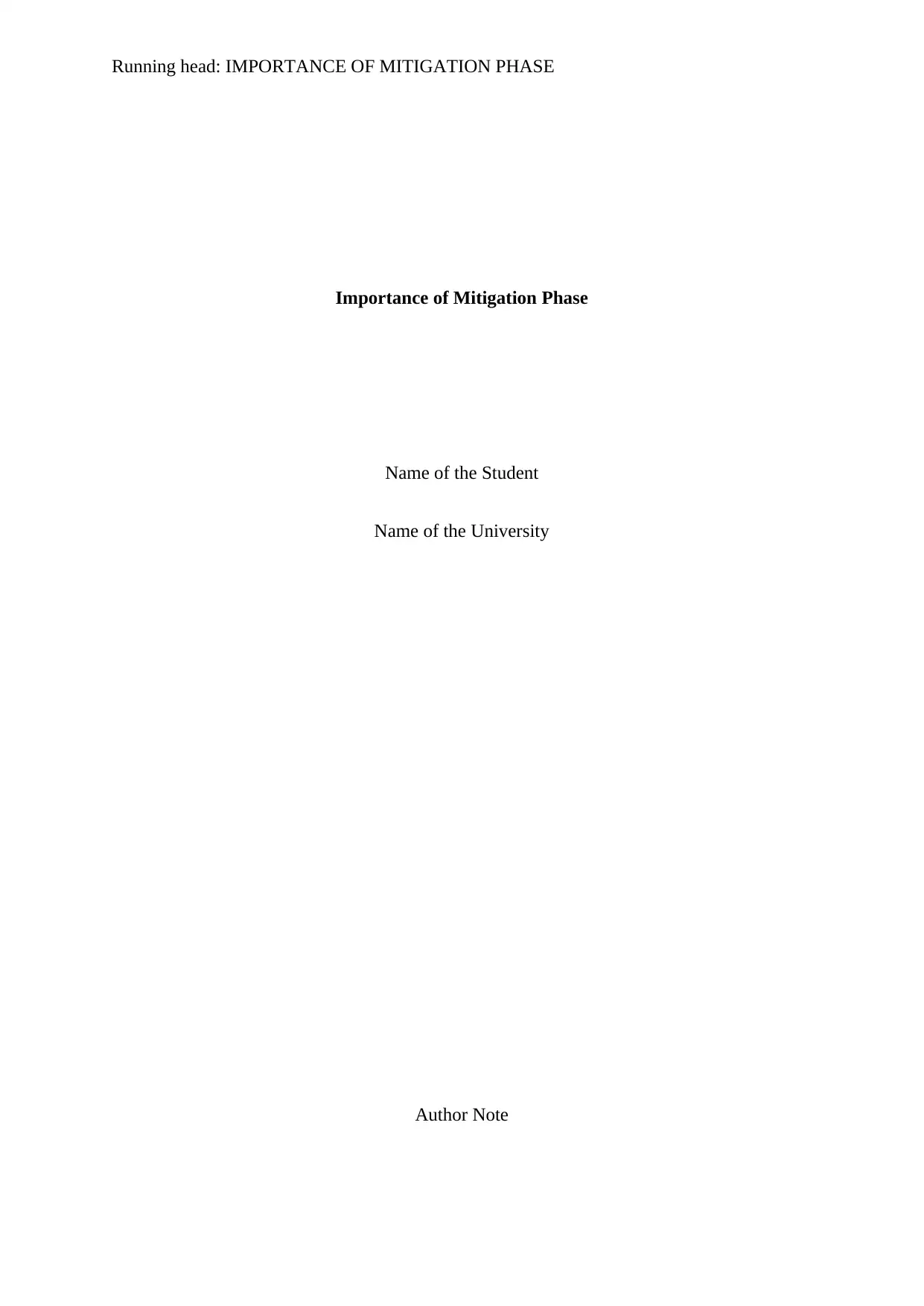
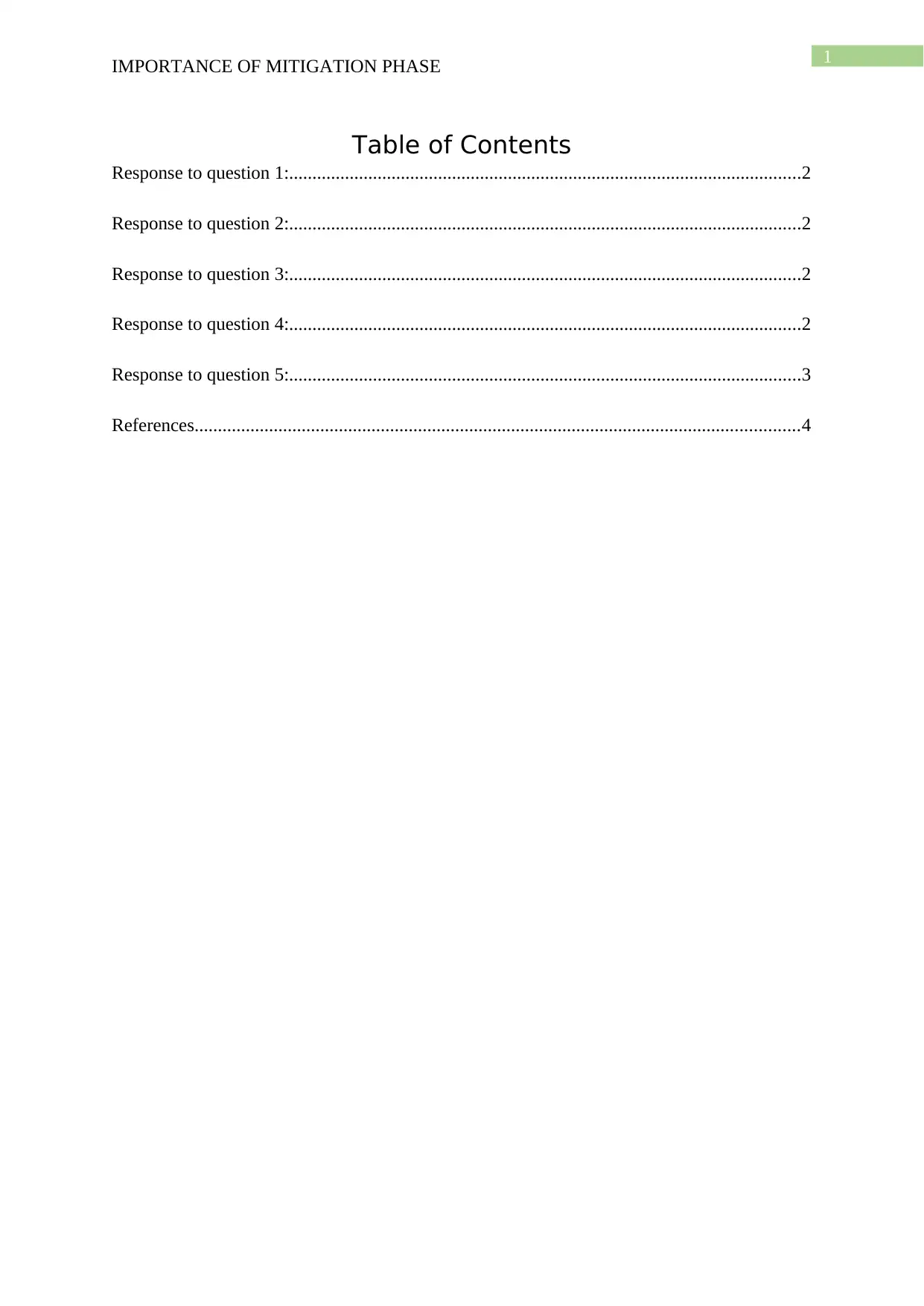
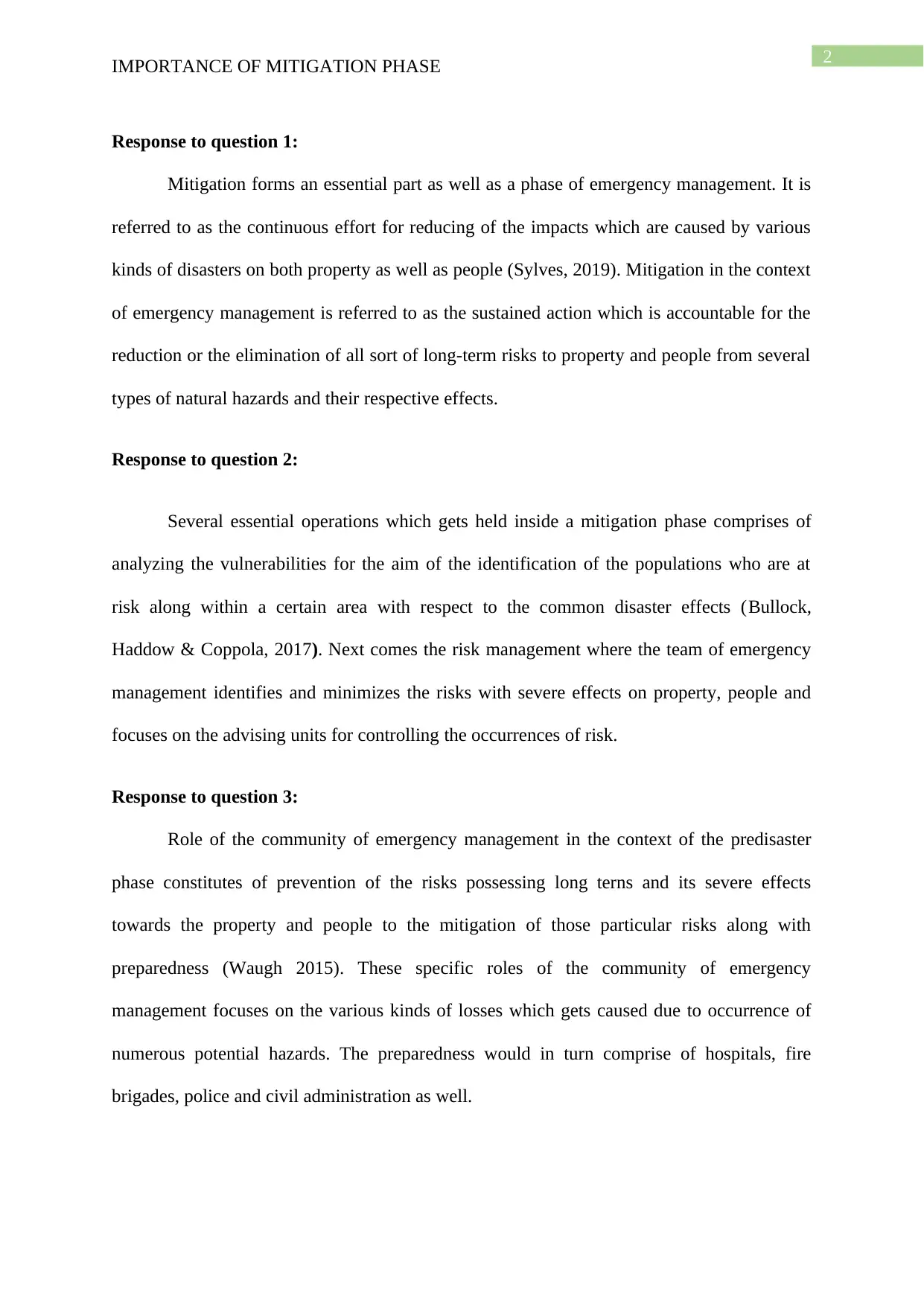

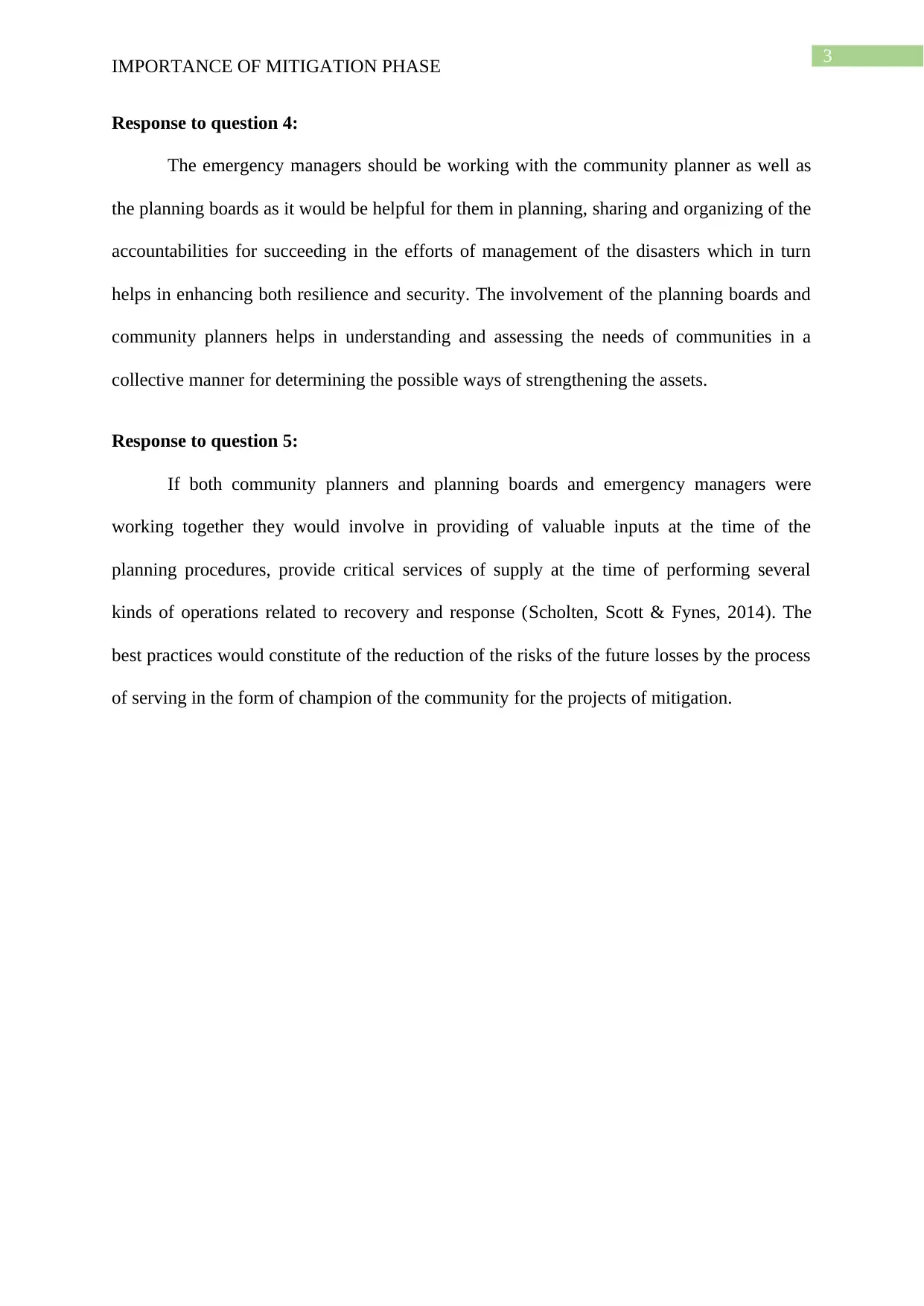
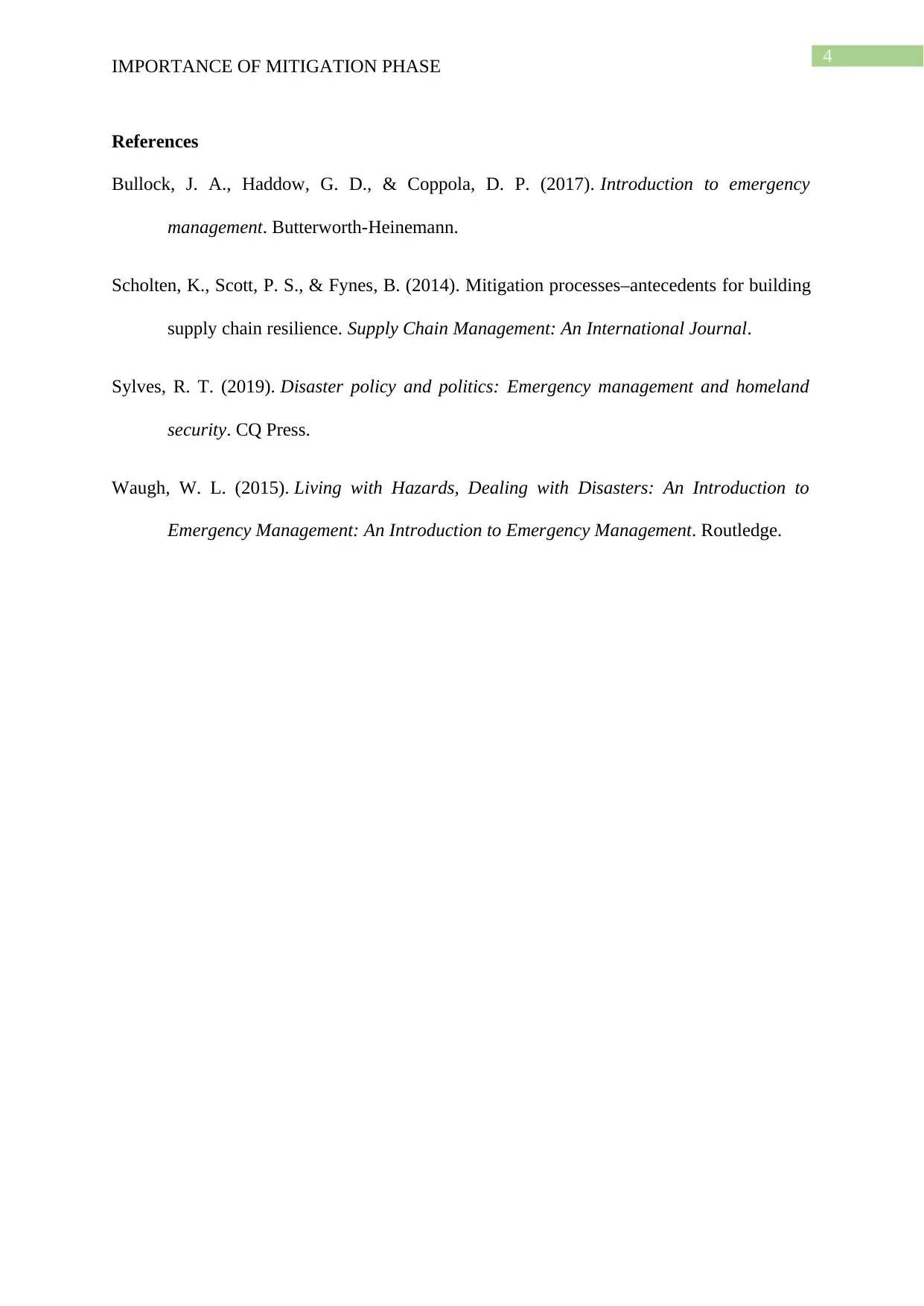






![[object Object]](/_next/static/media/star-bottom.7253800d.svg)